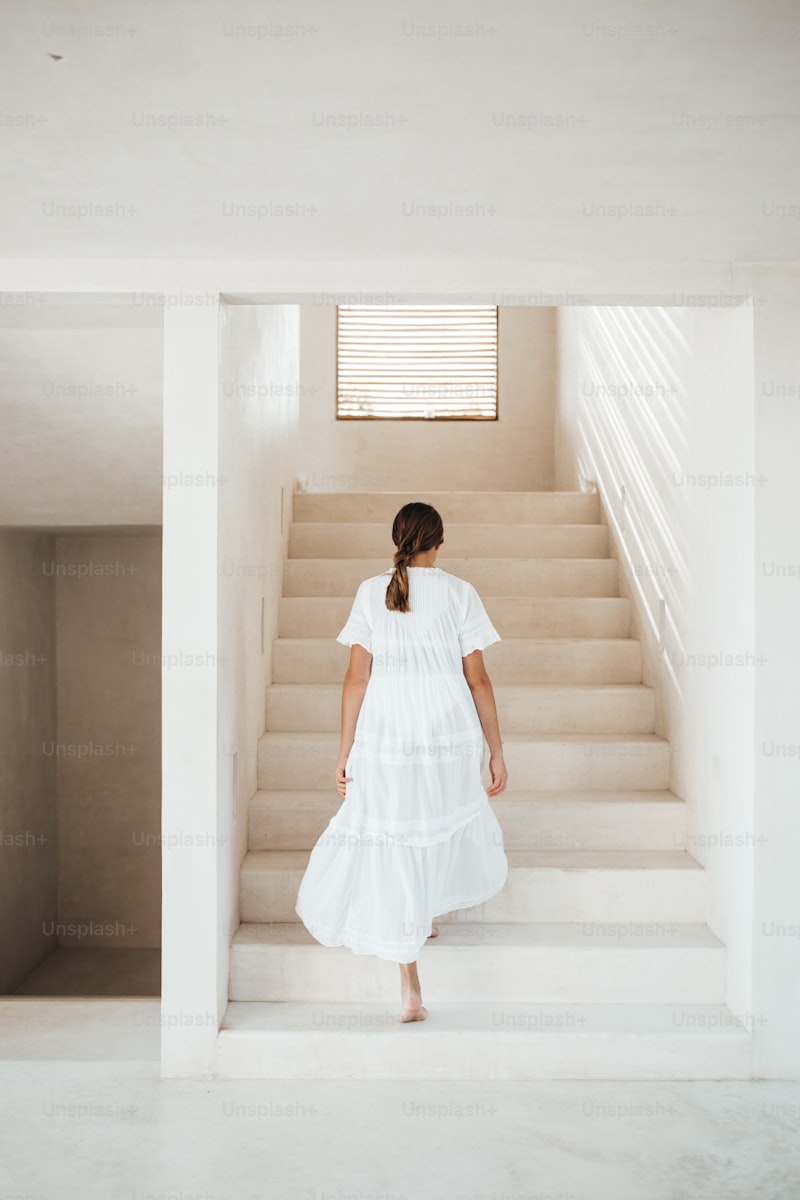Expert Tips for Dress Fitting: Achieving the Perfect Fit
Introduction
When it comes to special events, from weddings to graduations, finding the perfect dress is crucial. A dress that fits perfectly not only enhances your appearance but also boosts your confidence. In this article, we will explore expert tips for dress fitting, ensuring that you look your best on any occasion. Whether you are buying off-the-rack or having a dress custom-made, understanding these fitting tips will save you time and effort in your search for the ideal dress.
Understanding Your Body Type
The first step in achieving the perfect fit is understanding your unique body type. Everyone has a different shape, and knowing what suits you best can make a world of difference. Here are some common body types:
| Body Type | Description |
| Apple | Characterized by a fuller upper body with a defined waist and narrower hips. |
| Pear | Features a smaller upper body with wider hips and thighs. |
| Hourglass | Defined waist with approximately equal bust and hip measurements. |
| Rectangle | Overall straight silhouette with minimal definition at the waist. |
| Inverted Triangle | A broader upper body with narrower hips. |
By identifying your body type, you can select dresses that flatter your figure, making the fitting process easier and more satisfying.
Choosing the Right Dress Style
The style of the dress plays a significant role in how it fits. Here are some styles that can enhance different body types:
- A-line Dresses: Great for apple and pear body types, as they provide structure while offering a flattering silhouette.
- Empire Waist Dresses: Ideal for hourglass figures, drawing attention to the smallest part of the waist.
- Swing Dresses: Suitable for rectangle shapes, adding volume and movement.
- Fit and Flare Dresses: Perfect for inverted triangle shapes as they balance proportions.
Selecting a dress style that complements your body shape will make fittings smoother and enhance your overall look.
Measurements Matter
Before heading to a fitting, take accurate measurements. Here are the key measurements you should know:
- Bust: Measure around the fullest part of your bust.
- Waist: Measure around your natural waistline, typically located above the belly button.
- Hips: Measure around the widest part of your hips.
- Inseam: Measure from the top of your inner thigh to your ankle.
Having these measurements handy can help ensure that the dress fits as closely as possible to your body. If you're working with a tailor, provide them with these details so they can make necessary adjustments.
Try Before You Buy
If you are purchasing a dress off-the-rack, always try it on. Here are some tips for what to look for during the fitting:
- Comfort: Make sure the dress feels comfortable when you move, sit, and dance.
- Coverage: Check for appropriate coverage in all areas, especially around the bust and hips.
- Length: Ensure that the hemline is where you want it, whether it’s above the knee, at the ankle, or somewhere in between.
Don’t hesitate to ask for different sizes or styles; sometimes, a dress may fit differently depending on the cut or fabric.
Alterations and Customization
Often, dresses need some alterations to achieve a perfect fit. Here are some common adjustments:
- Waist Taking In/Letting Out: A tailor can easily adjust the waist to fit your body better.
- Hem Shortening/Lengthening: If the dress is too long or too short, adjustments can be made to the hemline.
- Correcting the Bust Area: Alterations can help raise or lower the bust area for a better fit.
Make sure to schedule alterations well in advance of your event, as tailors often need several weeks to make adjustments.
Accessorizing the Perfect Fit
Once you have found a dress that fits well, think about accessories that can enhance your overall look. Consider items such as:
- Belts: Can define your waist and create an hourglass illusion.
- Jewelry: Simple pieces can add elegance without overwhelming the dress.
- Footwear: The right shoes can elevate your look and improve comfort levels.
Accessories play a big role in how your dress is perceived, so choose wisely!
Final Touches Before the Big Day
Before the big day arrives, ensure your dress is in perfect condition. Here are some tips:
- Dress Fitting Check: Do a final fitting to confirm everything is perfect.
- Cleaning: Make sure the dress is freshly cleaned and pressed.
- Emergency Kit: Pack essential items like fashion tape, sewing kit, and stain remover for any last-minute issues.
Conclusion
In conclusion, achieving the perfect dress fit involves understanding your body type, selecting the right dress style, taking accurate measurements, trying before you buy, and considering alterations if necessary. Remember that the right fit can dramatically enhance your confidence and overall appearance. Always plan ahead, and don’t hesitate to consult with experts or tailors for any adjustments. By following these expert tips for dress fitting, you’ll be well on your way to looking stunning at your next big event. Keep these tips in mind and enjoy the process of discovering and fitting your perfect dress!
